| Wednesday, November 17, 2021 | |
Smart MedTech |
|
| 13:45 | Welcome Note by Session Chair, Ronald Dekker, Scientific Advisor, Philips |
| 13:55 | Supply continuity and post covid recovery, DB Schenker |
| 14:15 | Innovation cycle: collaboration in the value chain for realising new intelligent products, Dr. Stefan Ernst, XFAB |
| 14:35 | Gas and particle sensors, electronic noses in healthcare sector - a new momentum |
Jerome Mouly, Team Lead Analyst Sensing & Actuating, Yole Développement Gas and particle sensors, electronic noses in healthcare sector - a new momentum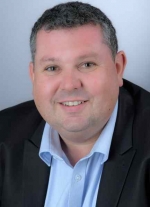
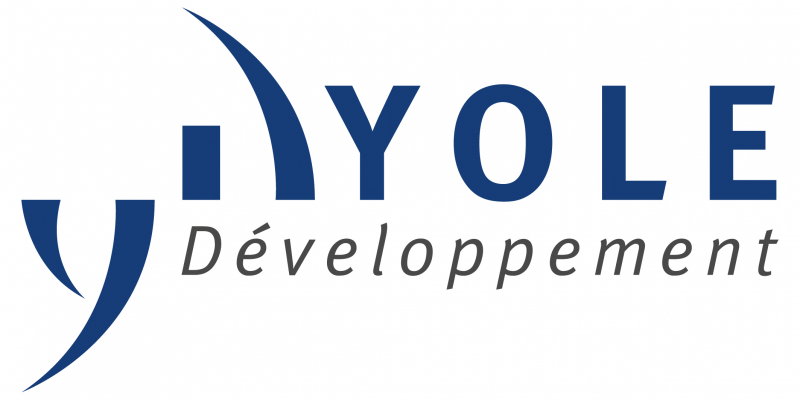 Abstract Biography |
|
| 14:55 | Application-Specific Integrated Circuits Pave the Way to New Innovative Electro-Therapies for Cardiology and Neurology |
Elsa Bernard-Moulin, Marketing Manager, IC'Alps Application-Specific Integrated Circuits Pave the Way to New Innovative Electro-Therapies for Cardiology and Neurology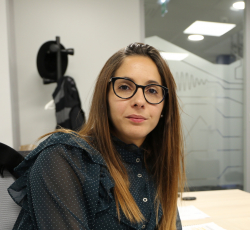
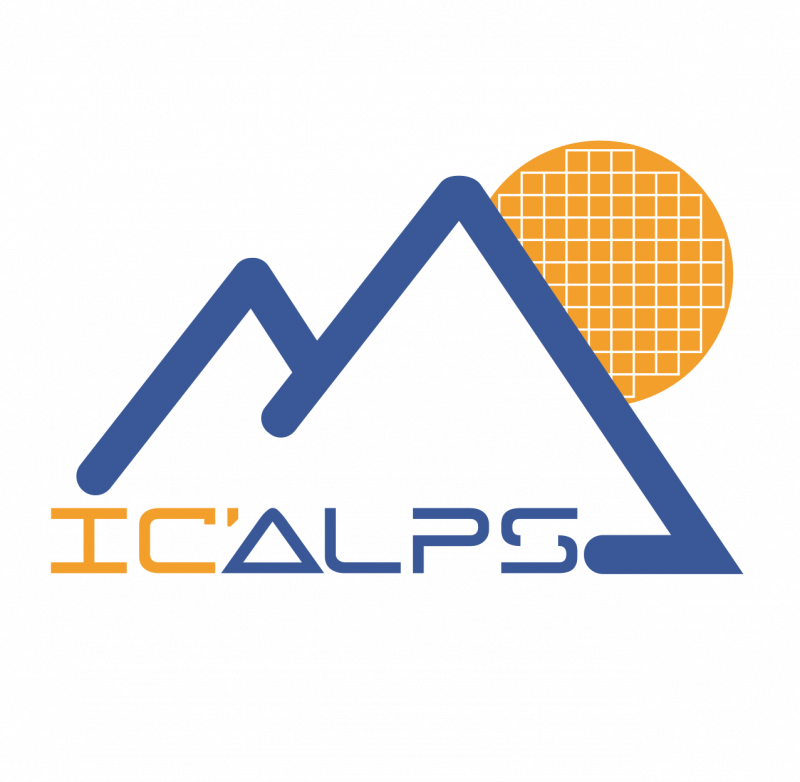 Abstract Biography |
|
| 15:15 | FlexPoint – A novel inspection methodology to address typical MEMS wafer inspection challenges |
Peter Egger, Senior Manager, Bosch FlexPoint – A novel inspection methodology to address typical MEMS wafer inspection challenges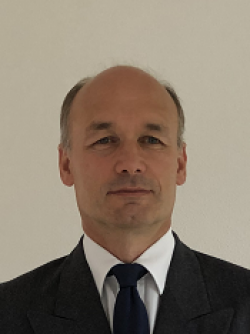
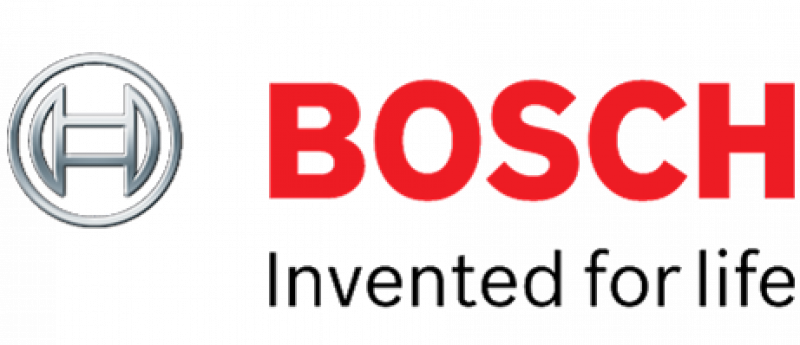 Abstract Biography |
|
| 15:35 | New point of care devices, IMEC |